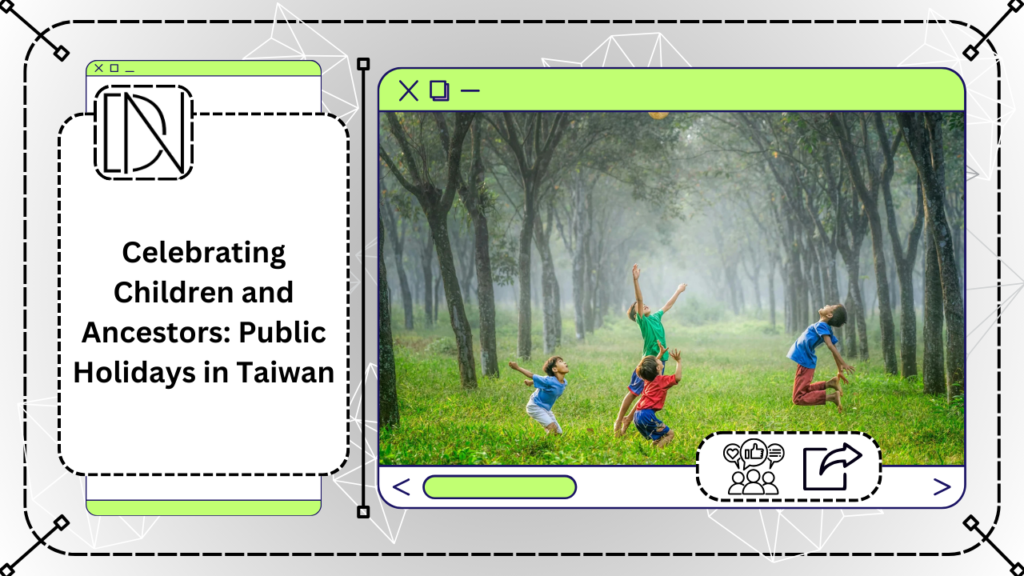
Graphic design is a vast field that encompasses various aspects, including branding, advertising, typography, and more. One area that has gained significant attention in recent years is environmental design. Environmental design in graphic designing involves creating visual experiences that enhance the physical environment and engage the audience in a meaningful way.
What is Environmental Design?
Introduction to Environmental Design
Environmental design is a critical field that focuses on creating buildings, spaces, and products that are in harmony with the environment. This discipline integrates architecture, interior design, urban planning, and landscape architecture to produce sustainable and functional habitats. But what precisely is environmental design, and why is it increasingly significant in today’s world?
The Role of Technology in Environmental Design
Technological advancements play an integral role in the evolution of environmental design. Tools like Building Information Modeling (BIM) and energy analysis software allow designers to create more efficient and effective environmental solutions. Additionally, smart building technologies enable automated energy management, significantly contributing to the efficiency and sustainability of new constructions.
The Future of Environmental Design
The importance of environmental design is only set to grow as global awareness of climate change and resource scarcity increases. Innovations in materials, construction techniques, and design philosophies continuously shape the future of this field. By embracing principles of environmental design, we can create spaces that not only meet human needs but also respect and enhance the natural world.
In conclusion
Environmental design is about harmonizing human living spaces with the environment. Through smart planning, sustainable practices, and the integration of advanced technologies, this field holds the promise of a greener and more efficient future.
Environmental design refers to the process of designing and creating visual elements that interact with the physical space. It goes beyond traditional graphic design by incorporating elements such as architecture, interior design, and urban planning. The goal of environmental design is to enhance the user experience and create a cohesive and visually appealing environment.
When it comes to graphic design, environmental design focuses on integrating visual elements seamlessly into the physical space. This can include signage, wayfinding systems, murals, digital displays, and more. The purpose is to communicate information effectively, create a sense of place, and evoke emotions.
The Importance of Environmental Design in Graphic Designing
Environmental design plays a crucial role in shaping the overall experience of a space. It has the power to transform a mundane environment into an immersive and memorable one. Here are a few reasons why environmental design is important in graphic designing:
Sustainable Urban Development
One of the primary goals of environmental design is promoting sustainable urban development. By considering factors such as energy efficiency, natural resources, and biodiversity, urban planners can create communities that minimize their environmental footprint. This involves the careful planning of green spaces, water management systems, and energy-efficient infrastructure, all of which contribute to more livable cities.
Impact on Public Health and Wellbeing
Another significant aspect of environmental design is its impact on public health and wellbeing. Thoughtfully designed environments encourage physical activity, reduce stress, and improve air quality. As urban spaces become more congested, ensuring easy access to parks, recreational areas, and clean air becomes crucial. These elements play a vital role in enhancing the overall quality of life for city dwellers.
Economic Benefits
Incorporating environmental design principles can also yield economic advantages. Energy-efficient buildings reduce utility costs, while sustainable practices can lead to long-term savings in maintenance and operational expenses. Moreover, green spaces and aesthetically pleasing environments can boost property values and attract businesses, fostering economic growth within the community.
1. Enhancing Brand Identity
Environmental design allows businesses to extend their brand identity beyond digital and print mediums. By incorporating brand elements into the physical space, such as colors, logos, and typography, companies can create a consistent and recognizable brand experience. This helps in building brand loyalty and increasing brand awareness.
2. Creating a Memorable Experience
Well-designed environments have the ability to leave a lasting impression on people. Whether it’s a retail store, a museum, or an office space, environmental design can create a unique and memorable experience for visitors. By carefully considering the placement of graphics, lighting, and interactive elements, designers can evoke emotions and engage the audience.
3. Improving Wayfinding and Navigation
Effective wayfinding is essential in any environment, be it a shopping mall, a hospital, or an airport. Environmental graphic design plays a crucial role in guiding people through complex spaces by providing clear signage, maps, and directional cues. This helps in reducing confusion, improving user experience, and increasing customer satisfaction.
4. Promoting Sustainability and Social Responsibility
Environmental design can also be used as a tool to promote sustainability and social responsibility. By incorporating eco-friendly materials, energy-efficient lighting, and informative graphics, designers can raise awareness about environmental issues and encourage responsible behavior.
In conclusion, the importance of environmental design cannot be overstated. It not only contributes to a more sustainable and resilient urban landscape but also promotes public health, wellbeing, and economic prosperity. By embracing these principles, we can create thriving communities that benefit both people and the planet.
Key Principles of Environmental Design
When creating an environmental design, designers follow certain principles to ensure a successful outcome. Here are some key principles of environmental design:
1. Contextual Integration
The design should complement and integrate seamlessly with the surrounding environment. It should take into consideration the architectural style, colors, and materials used in the space to create a cohesive visual experience.
2. Clear Communication
The design should effectively communicate the intended message or information. Whether it’s a directional sign or a promotional display, clarity is essential to ensure that the audience understands the purpose and can easily navigate the space.
3. User-Centric Approach
The design should prioritize the needs and preferences of the users. Understanding the target audience and their expectations is crucial in creating an environment that resonates with them and enhances their experience.
4. Flexibility and Adaptability
Environmental design should be flexible and adaptable to accommodate changes over time. As spaces evolve, the design should be able to incorporate new elements or adapt to different purposes without losing its effectiveness.
5. Sustainability:
Emphasizing the use of renewable resources and sustainable practices.
6. Energy Efficiency:
Incorporating designs that reduce energy consumption and enhance natural energy use.
7. Waste Reduction:
Ensuring that waste is minimized throughout the lifecycle of a building or product.
8. Human Well-being:
Promoting indoor environmental quality and the overall well-being of occupants.
Conclusion
Environmental design in graphic designing is a powerful tool that can transform physical spaces into immersive and engaging environments. By considering the principles of contextual integration, clear communication, user-centric approach, and flexibility, designers can create visually appealing and functional environments that leave a lasting impact on the audience.
Whether it’s enhancing brand identity, creating memorable experiences, improving wayfinding, or promoting sustainability, environmental design plays a crucial role in shaping the overall user experience. As the field of graphic design continues to evolve, environmental design will undoubtedly play an increasingly important role in creating visually stunning and meaningful spaces.












